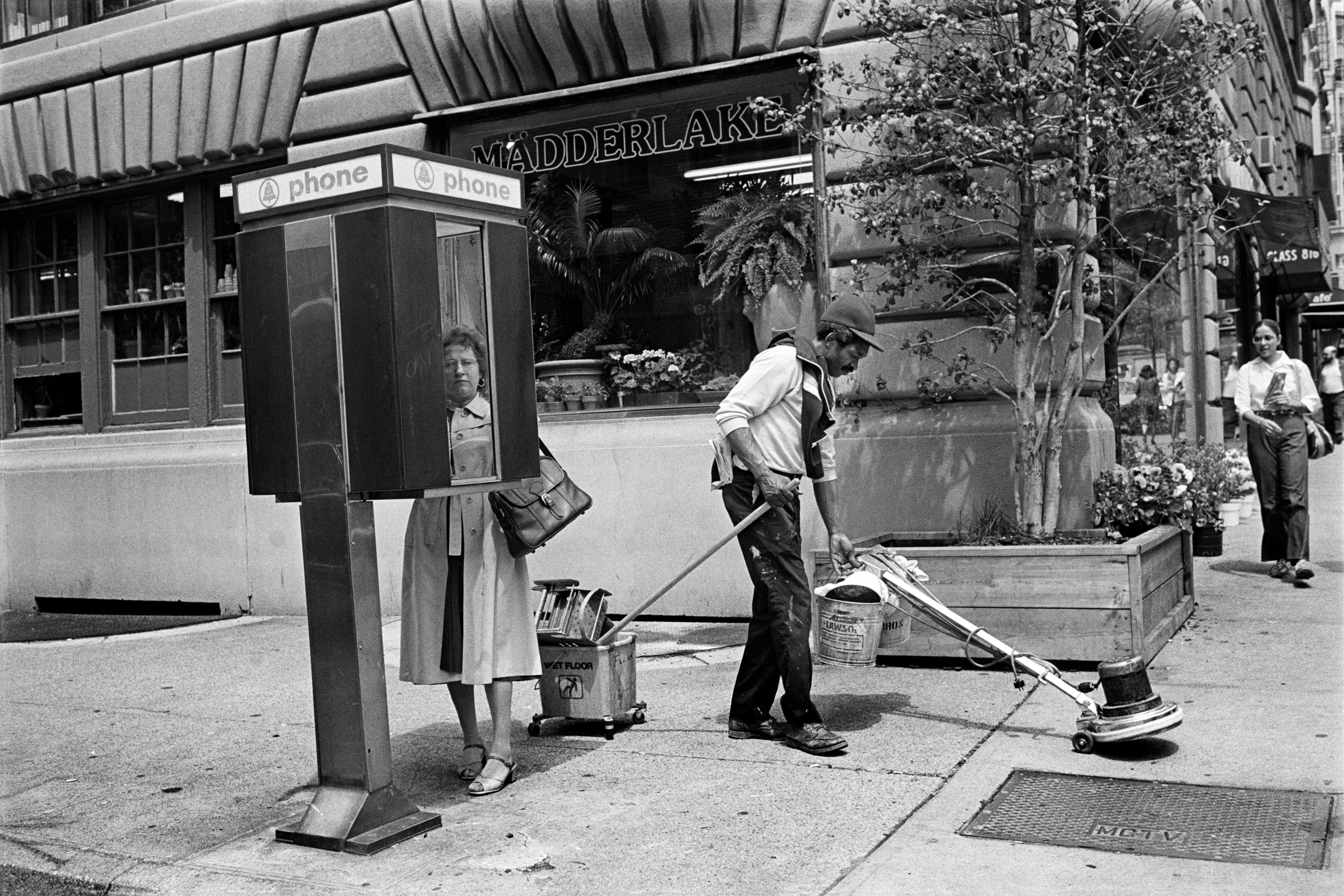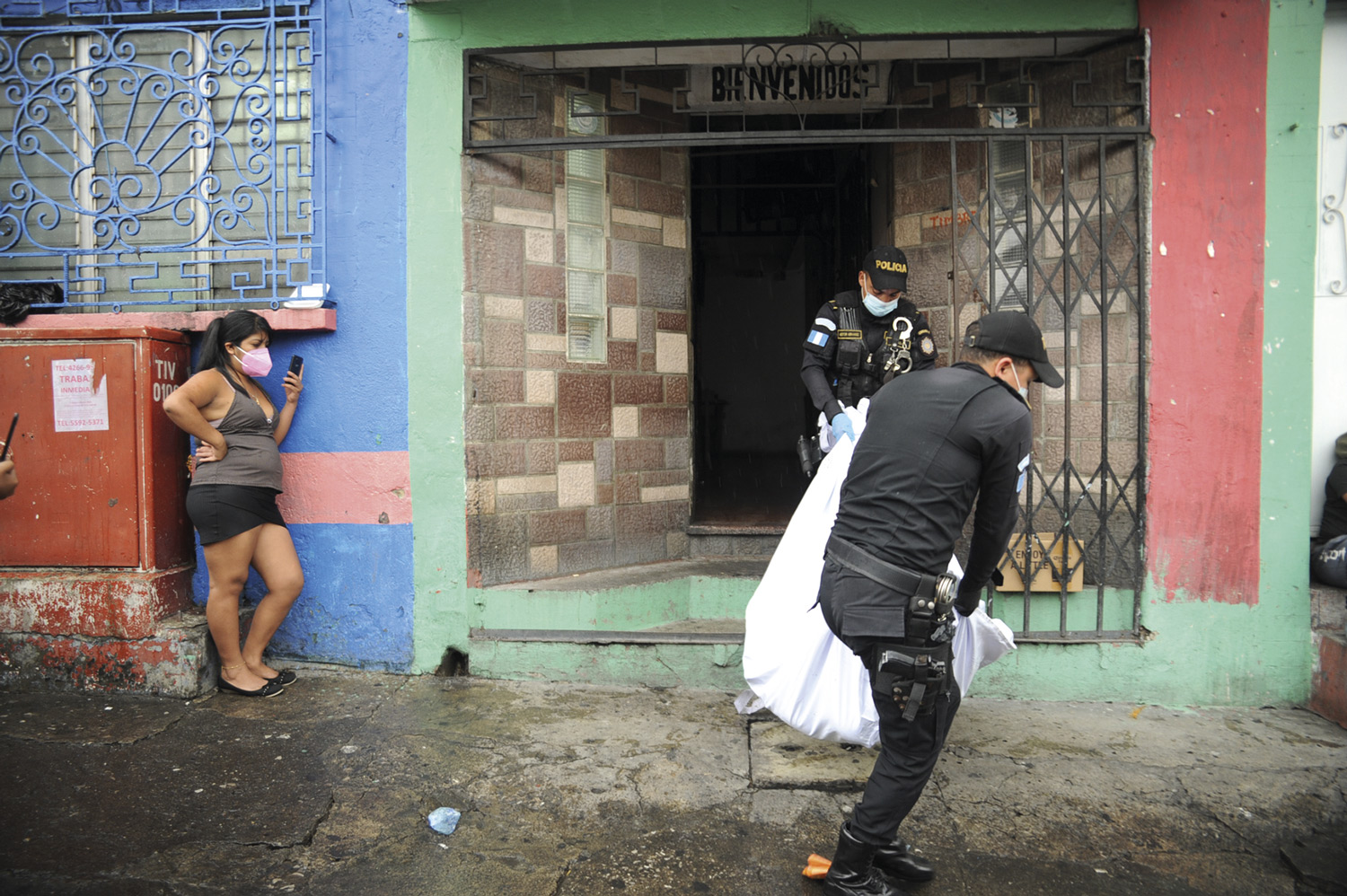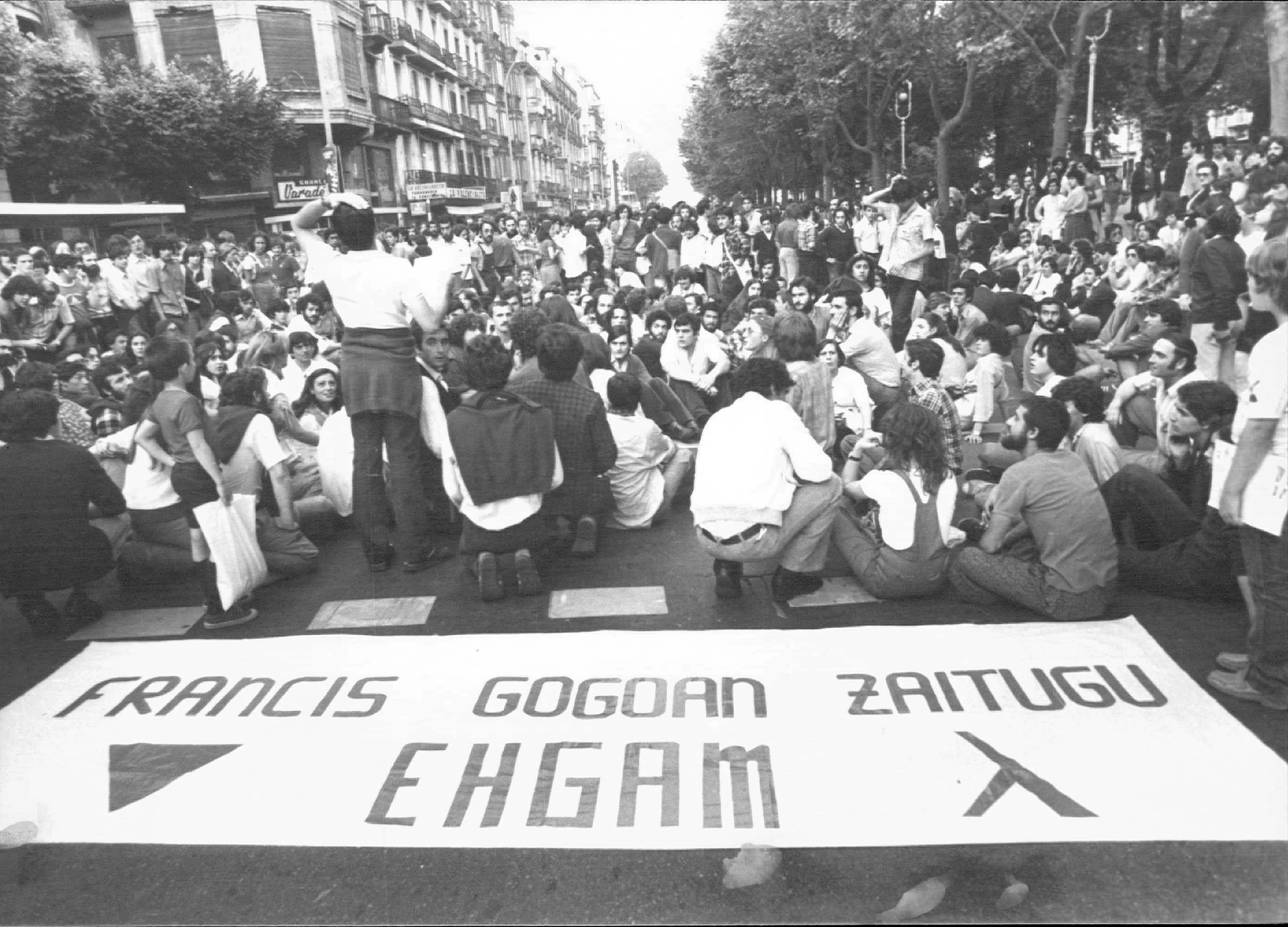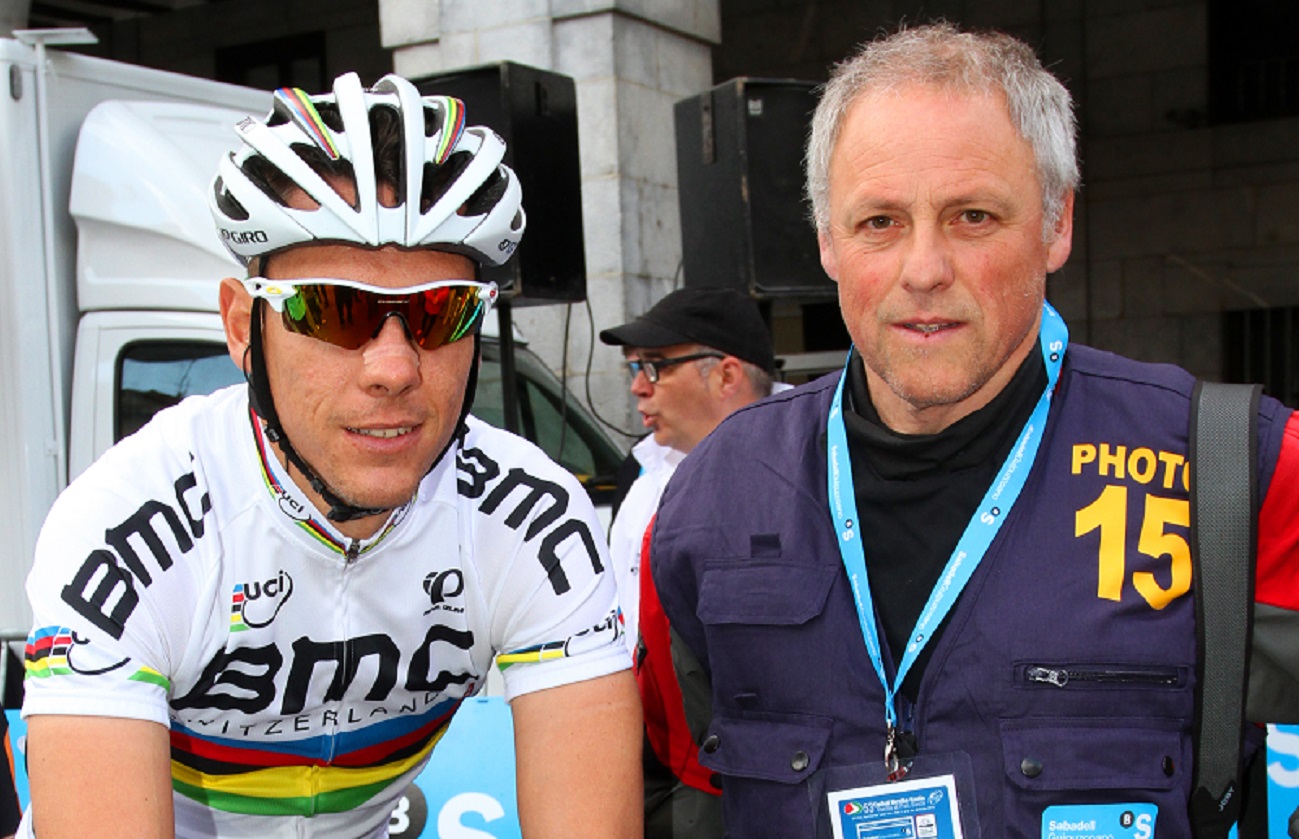“They inherit family stories, but also silence”
- Ainhoa Resano (Pamplona, 1974) has held meetings with the latest generation of women who keep photo albums in the upper districts of Bilbao. With the generation of women who “have lived a lot but have counted little”. From the photos, he wanted to bring the surface of unwritten memory. Overcoming clichés and stigmas of the neighborhood, from intimacy to the collective, claiming memory and identity.

Through the house photos, the ELLAS project gathers the history of women from the upper districts of Bilbao (San Francisco, Bilbao La Vieja and Zabala). How has it happened?
It has happened very naturally. We have made meetings in their homes and through the photo albums of the house we have come to their experiences. From all these stories we have wanted to form an atlas of memory. A new album, a collective album; create a meeting point to activate the memory.
Who are these women?
There are many lives connected in the same place, in these neighborhoods, in the upper Bilbao neighborhoods. They are so many, that we are all THEM. Through his photographs we take a tour of the historical and social moments that have crossed the neighborhood. Shops, bars, cinemas and schools are intertwined in the memory of each one of them, all have passed through the Merche candy store. By mixing these photographs, they create a new album of collective memoirs that flip clichés and stigmas that oversee the history and the present of the highlands and reveal the lives of local anonymous women. Residents in the center but marginal, with strong identities and survival strategies.
What is the relationship between forgetting the existence of women and neighbors in historically stigmatized neighborhoods?
There are two kinds of silence. Self-imposed silence, which is an exercise of freedom, keeping in silence what is not to be remembered or said; and I forget imposed that acts as social oppression. Women's stories and voices aren't in the hegemonic story, it's something that happens globally. In high neighborhoods, other oppression, such as class and race, is added to the female condition. That's why their testimonies are so representative, because in these neighborhoods stigmas, cliches and taboos come together in the lives of all those nuns, sluts, gypsies, trans, immigrants, militants and poker players.
.jpg)
How did you take the project?
Meetings with everyone have been exciting. We have created spaces of trust to access kitchens and lounges and share photos and stories lived. There is a sentence that is repeated at first as a mantra: “I have nothing to tell.” I believe that to this generation of women society must make them feel protagonists of their lives and give importance to their experiences. But we also owe all those who come later. Because family stories happen, but also silence. They are delighted and more and more people want to participate in the project.
She's brought pictures and stories of women from private space to the public. What is the importance of the jump from individual memory to collective memory?
I took the collected photos to the public space in full 2020 lockdown. In the shutters of premises that were not used in the neighborhood, I added large-format photographs with a QR code that allowed listening to women's voices through the code. The integration of these individual memories into the collective reveals unmentioned realities, ceases to be an individual history of its own, indicating common places. A lot of life and the same neighborhood, and the condition of being a woman always present.
The gentrification process is also taking place in the highlands of Bilbao. Given the homogenization, depersonalization and expulsion of the neighbors, what does this project entail?
We live an urgent social and cultural moment, it is very important to listen to the stories of the women who live in it. It's a constantly changing neighborhood, threatened by a lack of memory. The recognition of history is fundamental to maintain the identity of the natives.
Now you have in your hands the publication of a book. What can advance us?
This is a publication that will reflect the living nature of the project. A large album where we can see and listen to the protagonists. Being more consistent that women can listen from their voice, Alberto de la Hoz is working a piece of sound to incorporate it into the book from testimonies of over 30 hours. Crossing their voices reconstruct their intimate and personal memories, and united in a coral dialogue creates a new collective testimony, an unprecedented story. I have been immersed in an editing and construction process for seven months, together with the editor Federico Paladino de la Balsa. I look forward to having and sharing!
Saved by photo albums
“After many hours of listening to the stories of photo albums by neighbors Carmen and Puri, I made my first documentary project: Staircase 17. After twenty years on Somera Street, we were fired from the building and as we moved across the river I met Savina Lafita, anthropologist, researcher of memory and gender processes. The ELLAS project begins with a simple question: What if we asked the women in the neighborhood to show their albums?"























